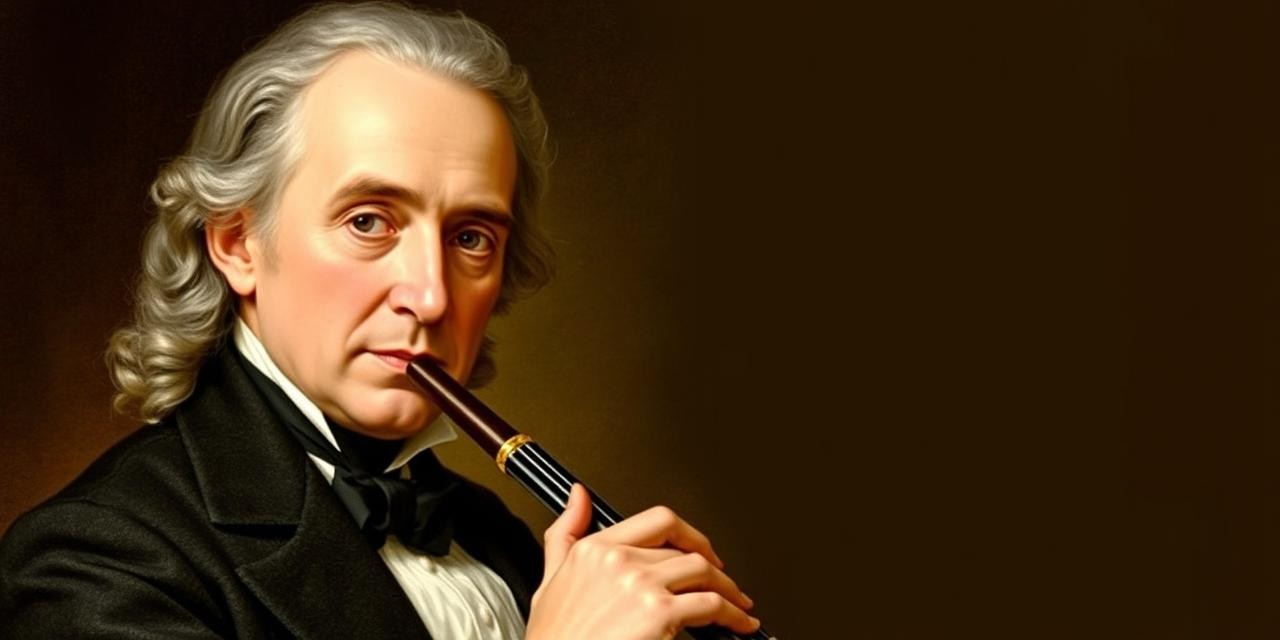The woodwind quintet: it’s a cornerstone of chamber music. But have you ever stopped to think about its story? It’s a tale woven into the evolution of wind instruments themselves. From the Classical era to today’s diverse performances, this ensemble mirrors the ever-changing world of musical styles, instruments, and composers’ bright ideas. Let’s dive into the journey of the woodwind quintet, spotlight key figures and important works, and see why it matters in music history.
How it All Started
Wind ensembles? They go way back to the 1700s. Think of Giovanni Giuseppe Cambini. He was one of the first to write specifically for what we’d recognize as a modern woodwind quintet. Cambini’s Quintetti Concertans, dedicated to clarinet guru Jean Xavier Lefevre, really set the stage. The mix of flute, oboe, clarinet, bassoon, and horn? It came from a desire to blend different sounds into a tight-knit group, capable of a huge range of expression.

Fast forward to the Classical period. Composers like Franz Danzi and Carl Nielsen started playing around with this setup. They created some of the earliest works that still resonate today. Danzi’s Quintet in B-flat Major, Op. 56 and Nielsen’s Wind Quintet? Prime examples of the expressive potential. Think lyrical melodies mixed with complex interplay between the instruments.
The 20th Century: Things Get Interesting
The early 1900s? A hotbed of innovation. Composers began pushing the boundaries of what a woodwind quintet could do. Samuel Barber and Paul Hindemith? They dropped some serious works that became essential to the repertoire. Barber’s Summer Music (1955), originally for the Boston Symphony Orchestra but often arranged for chamber groups, is a perfect example. Lush textures, vibrant themes – it shows off the ensemble’s lyrical side.
Then you have Darius Milhaud and György Ligeti. These guys took it even further. Inventive instrumentation, unusual harmonies – they brought new colors and rhythms to the table. Milhaud’s Scaramouche and Ligeti’s Six Bagatelles? A taste of the progressive musical language that was shaping modern chamber music.
Must-Know Composers and Their Masterpieces
- Franz Danzi – Quintet in B-flat Major, Op. 56: A cornerstone of the early repertoire.
- Samuel Barber – Summer Music: Lyrical and evocative.
- Anton Reicha – The OG innovator. He experimented with instrumentation and form, setting the stage for everyone else.
- György Ligeti – Six Bagatelles: A modernist masterpiece.
- Francis Poulenc – Sonata for Wind Quintet: Neoclassical style with a clear, expressive voice.
These pieces? They show how the ensemble evolved, from Classical elegance to modern experimentation. They reflect changing tastes and new techniques that continue to inspire musicians.
The Instruments: A Constant Evolution
Flute, oboe, clarinet, bassoon, and horn. That’s the standard lineup. But the way each instrument is played? That’s constantly changing. Modern performances are all about balance, clear individual lines, and expressive nuance. And sometimes? You might even see extra instruments or electronic elements thrown in. It shows just how flexible and innovative this ensemble can be.
Woodwind Quintets Today
The woodwind quintet is alive and kicking, in both classical and modern music circles. Composers like Jennifer Higdon, Leoš Janáček, and up-and-comers are constantly writing new stuff. They’re pushing the boundaries and expanding the repertoire. Groups like the Quintet of the Americas? They champion a diverse range of music, from traditional pieces to jazz and cross-genre collaborations.
Performance styles are also changing. There’s a growing interest in historically informed playing, respecting older techniques and instruments. But there are also modern interpretations that focus on audience engagement and dynamic range.
Why It Matters
The woodwind quintet? It’s a perfect example of music’s ongoing journey. A constant conversation between tradition and innovation. From its classical roots to its modern experimentation, it’s a versatile, expressive, and collaborative art form. As new composers and performers keep exploring its potential, the woodwind quintet is sure to remain a vital part of the music world for years to come.
Your Questions Answered
- What instruments are in a woodwind quintet? – Flute, oboe, clarinet, bassoon, and horn.
- Who are some famous composers? – Danzi, Barber, Reicha, Ligeti, and Poulenc are great starting points.
- Has the instrumentation changed? – The core instruments are the same, but performers experiment with additional sounds and techniques.
- Can you use a woodwind quintet in modern music? – Absolutely! Composers are incorporating jazz, electronic sounds, and other influences.

